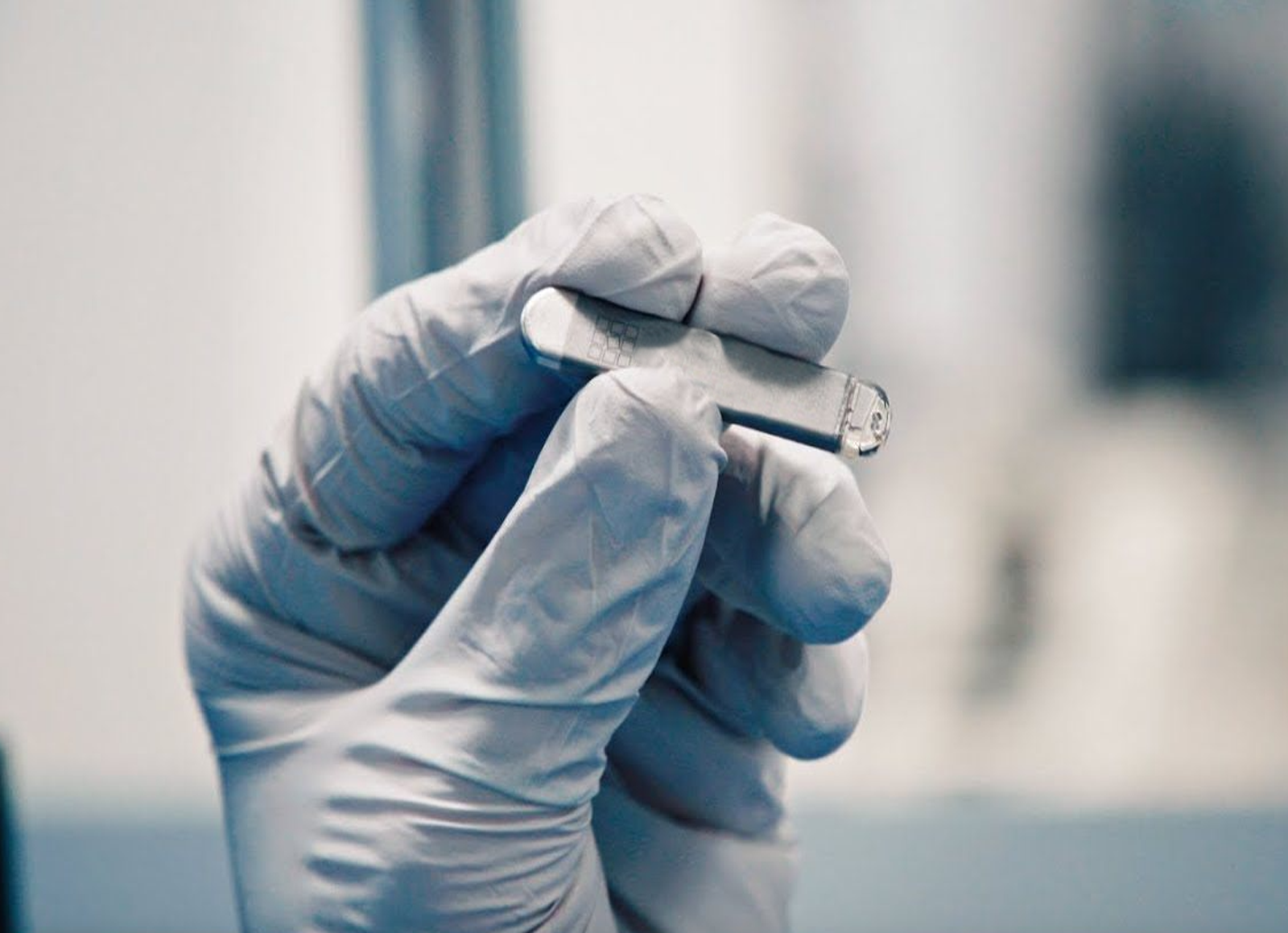Permanent Magnet Simulations
Today's landscape of permanent magnet FEA and simulation modeling software has evolved significantly. These advanced tools offer unparalleled capabilities to address crucial inquiries concerning motor performance, holding forces, flux density, sensor selection, and myriad other application requirements, all before the need for prototyping arises.
Designers must navigate through a multitude of considerations when employing simulations as their primary guidance. It's essential to factor in various permanent magnet variables that directly impact magnet or magnetic assembly performance. Here are some key variables to ponder:
-
Coating or Plating Thickness: Even seemingly minute variations in coating thickness can introduce air gaps that significantly influence performance in certain applications. Comprehensive understanding of the coatings used on each component, along with their respective thickness, is imperative.
-
Type and Thickness of Steel: Steel's properties play a pivotal role in the magnet's magnetic circuit. Accurate simulations necessitate a thorough grasp of steel material specifications, including knowledge of Bsat for each type of steel utilized.
-
Temperature: Elevated temperatures can alter magnetic strength if inappropriate magnetic materials are employed. Simulating temperature effects on magnets or magnet assemblies requires accounting for numerous variables such as shape, size, and surrounding metals.
-
Material Grade: While published material specifications provide valuable insights, real-world performance may deviate due to factors like shape, thickness, load line, and manufacturing processes. Understanding these nuances is critical for precise simulations.
-
Magnet or Magnetic Assembly Exposure: A comprehensive understanding of the application's entirety, including its operational environment, is indispensable. Factors like ultrasonic cleaning, thermal cycling, and other environmental stressors must be considered during simulations.
-
Prototype Validation: Simulations serve as an invaluable roadmap, but their accuracy must be confirmed through prototyping. Once a prototype is constructed, running simulations again helps align results with real-world performance, providing guidance for subsequent iterations.
In essence, while simulations offer invaluable insights, their accuracy hinges on accounting for all design and environmental factors. Collaborating with magnet professionals can streamline the transition from concept to production, ensuring optimal outcomes.
If you require assistance with your FEA & Simulation needs, SM Magnetics' engineering team is ready to assist, just contact us to get the conversation started. Reach out to us for expert guidance or explore our online store for prototype magnets that facilitate quick testing.
About SM Magnetics: SM Magnetics is privately owned company, providing assistance with magnets, magnetic circuit design, engineering support, and production. For more information, head to our website, www.smmagnetics.com , or contact us at 205-621-8841.




